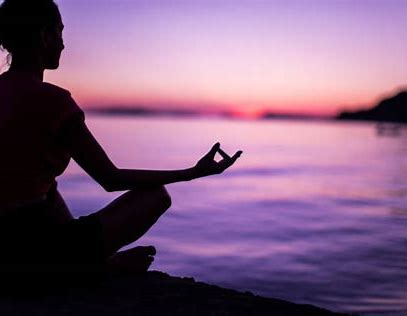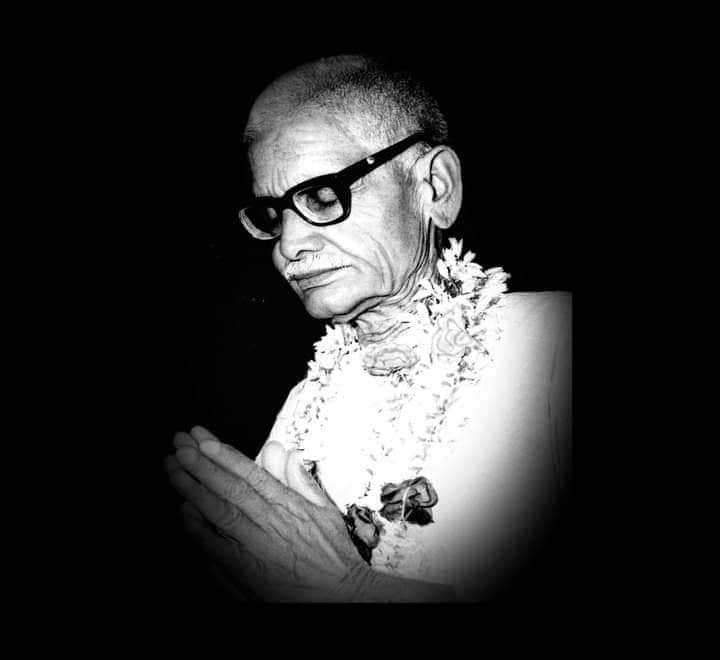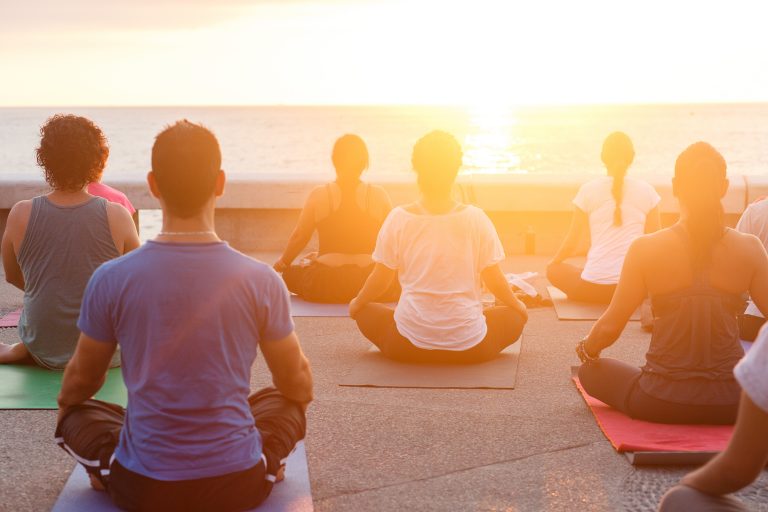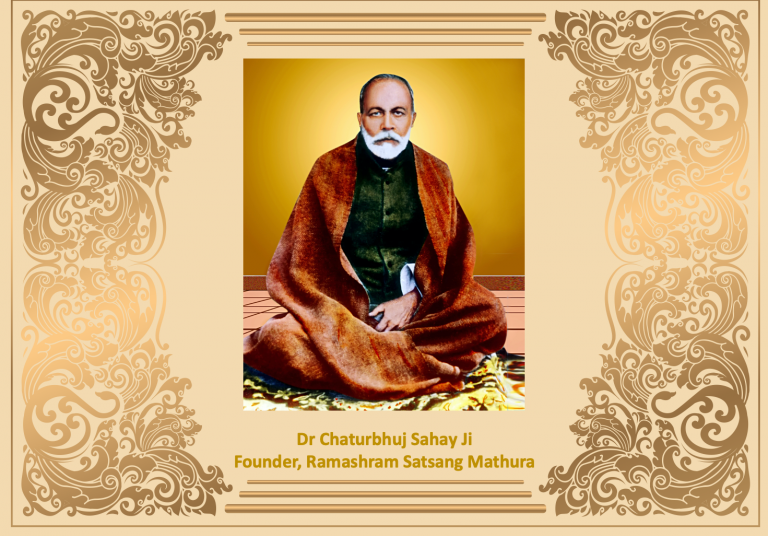Translated from ‘Hamari Yog Sadhana’ (Our Yogic Practice) written by Guru Maharaj, Dr. Chaturbhuj Sahay Ji.

I have described the practice of Yoga as introduced by Maharishi Patanjali. I will now talk about some variations and reforms introduced into the practice of Yoga over time, by other preachers.
Hathayoga
Lord Shiva is considered the original Guru and the Grandmaster of Hathayoga. Shiva Samhita and Gherenya Samhita are ancient texts of Hathayoga but were popularized later by Guru Gorakhnathji. Sri Gorakhnath’s Guru, Sri Matyasendra Nath, was a follower of Buddhism and was highly accomplished. According to the older Vedic teachings, Sanyaas (renouncing the world and its affairs) was practiced only after grihastha and vanaprastha stages, that is, after one had completed one’s duties as a family person and handed the household responsibility to the next generation. It was Lord Buddha who first showed the path where one could progress straight to renunciation (sanyaas) without the intervening stage of living as a householder (grihastha). His teachings inspired scores of men and women to renounce the world. They strived for a simple existence, sustaining themselves on the charitable contributions from society or alms.
It is, however quite challenging to follow the path of renunciation. The inactivity of this lifestyle produces maladies that erode one’s values. When there is nothing to keep the mind engaged, rajogun and tamogun tendencies prevail and tend to drag one down the wrong path and this became the reason for the downfall of people following this path. Seeing this decline, Sri Gorakhnath Ji propagated the physical techniques and actions of Hathayoga such as neti, dhoti, basti, asana, mudras, and pranayama etc. These were designed to engage people’s minds, in an effort to save them from the ill effects of inactivity. He also put forth a detailed and in-depth description of the concept of the kundalini energy that was not easy to grasp for the common person. Unable to identify themselves with this complicated concept, people started perceiving Yoga as an elusive concept that was difficult to understand and master. A falsehood took hold in the people’s mind that unless one renounced the world and their family and mastered the various physical techniques, asanas, mudras, etc it was impossible to achieve Yoga or Union with the Ultimate.
Yoga (Union) and Yoga techniques are two different things. One represents the goal and the other the means to get there. The common person, however, started confusing the yoga techniques for Yoga itself. Just by mastering a couple of asanas or perfecting a couple of pranayama techniques, people started considering themselves accomplished yogis and started enjoying the fame and attention that came their way. The result was that the real Yoga knowledge not only disappeared from the common people in the society, but also from the so-called yogis who had renounced everything. With intense pride in, and attachment to, their accomplishments and powers, these so-called Yogis who were supposed to have renounced everything were actually no different from the common person who remained entangled in the world.
Bhakti Yog
After Maharishi Patanjali and before Guru Gorakhnath, another yoga concept came into being that had its roots in the teachings of Lord Krishna. It was the Bhakti yoga or Bhakti marg . Lord Krishna had thousands of years ago propagated saamya yoga which was a combination of karma (actions), bhakti( devotion), and Gyan (knowledge). This aimed at delivering people to a state where pride related to one’s actions and achievements was absent, and where one could experience the presence of a supreme power controlling everything in the world. However, this concept did not gain much traction; therefore, Swami Ramanujacharya redirected people’s attention towards Bhakti (devotion), one of the three key concepts in Lord Krishna’s teachings, and propagated the Bhakti Marg or Bhakti Yoga. No physical actions were needed on this path of Bhakti (devotion). Complete faith and constant remembrance of one’s beloved almighty were all that was required. This simpler concept renewed people’s hopes and many committed themselves to this concept of devotion. Later Swami Nimbakacharya, Madhavacharya, and Vallabhacharya further simplified this concept and made it more popular. However, with time the followers of this path, the vaishnavs got shackled in rituals. Gradually only pretense remained, and the concept of true devotion was lost on the followers of this path.
Shabd Yog
To lift the vaishnavs out of their slump and to show the common people a way forward, a great saint Kabirdas descended upon this earth. Kabirdas Ji combined some concepts from Bhakti marg (path of devotion) and some from the yoga path described by Maharishi Patanjali. He proposed the concept of Nirguna Upasana (meditation on the formless and attributeless) and focused one’s mind on the inner chanting of words. This path became famous as the path of saints (sant mat). Subsequently, many saints including Guru Nanak, Sahajobai, Daudayal, Bheekha, Palau Sahaj, etc further propagated the concept of Shabd ( words) yoga. In the end, Shri Radha Swami Ji tweaked this concept a little and laid the foundation of a new system which became famous as the Radha Swami movement.
In this way, we can see for ourselves how with changing times, changing conditions of life, and varying circumstances, newer concepts in Yoga have kept evolving. Spiritually accomplished reformers have, from time to time, reacted to the circumstances and needs of the people and have adapted and modified Yoga concepts. The basic principle has remained the same, the goal has remained unchanged, but the means to get to that goal have kept undergoing constant changes. That is why, to reach the same land of the ultimate reality, today, there are numerous paths and multiple belief systems. All of these systems and paths map out the same reality. The only difference is that some can take longer and may have more obstacles, while others may take us there faster and with relative ease.



